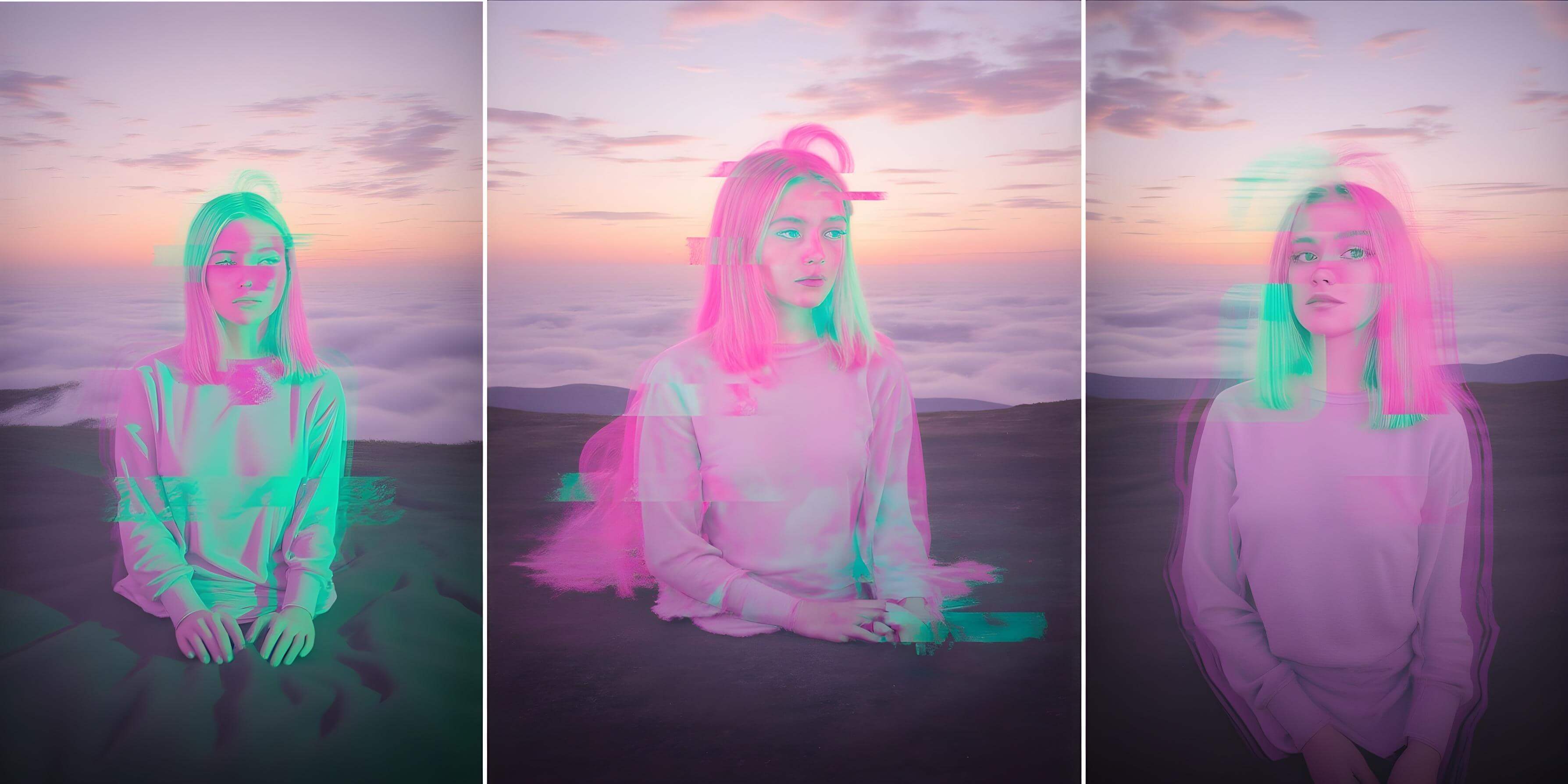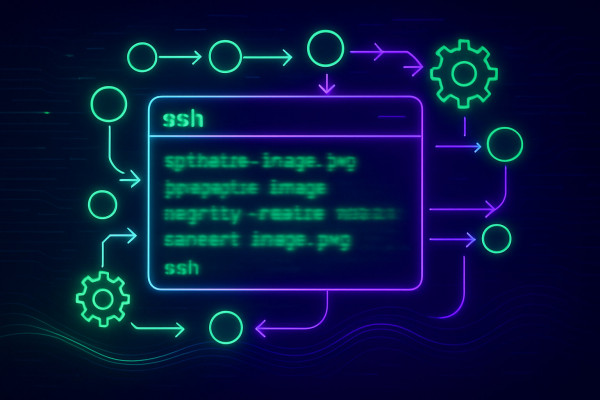Free AI tools for designers
May 9, 2025
AI is revolutionizing the design industry empowering designers with an array of powerful tools to streamline their workflows and enhance…
Image generation with diffusion models is a cutting-edge technique in the field of machine learning that has gained significant attention in recent years. This approach leverages the power of diffusion processes to generate high-quality, photorealistic images from scratch or based on textual descriptions.

At its core, a diffusion model is a type of generative model that learns to generate data by first corrupting the training data with noise and then learning to reverse this process. The model is trained to progressively remove the added noise, effectively reconstructing the original data sample from the noisy version.
The diffusion process consists of two main stages: forward and reverse. During the forward process, the model progressively adds noise to the input data (e.g., an image) through a series of steps, eventually transforming it into pure Gaussian noise. This process is governed by a fixed, predetermined schedule.
The reverse process, also known as the denoising or image generation stage, is where the magic happens. The model learns to reverse the forward process by iteratively removing the noise from the corrupted data, reconstructing the original image step by step. This is achieved through a neural network architecture that predicts the noise that needs to be removed at each step.
One of the remarkable features of diffusion models is their ability to generate images conditioned on various inputs, such as text descriptions or class labels. This is accomplished through a technique called conditioning, where the model is trained to generate images that match the provided conditioning information.
Additionally, diffusion models can be guided during the generation process to steer the output towards desired characteristics. This is known as guidance and is often achieved by introducing additional loss terms or by leveraging techniques like classifier guidance, where a separate classifier model is used to guide the generation process toward specific attributes or classes.
Diffusion models have demonstrated remarkable success in generating high-quality images across various domains, including natural scenes, human faces, and artistic styles. Their ability to generate diverse and coherent images has made them a popular choice for applications such as image editing, data augmentation, and creative content generation.
Despite their impressive performance, diffusion models often require significant computational resources and training time. Ongoing research efforts are focused on improving the efficiency and scalability of these models, as well as exploring new applications and extensions. One promising direction is the integration of diffusion models with other machine learning techniques, such as transformers, to further enhance their capabilities and versatility.

May 9, 2025
AI is revolutionizing the design industry empowering designers with an array of powerful tools to streamline their workflows and enhance…

May 5, 2025
Optimizing images has become a necessity for web developers and content creators alike With the rise of high-resolution displays and…

May 4, 2025
Freepik the popular design asset marketplace has recently unveiled F Lite an 'open' AI image generator trained on licensed data…